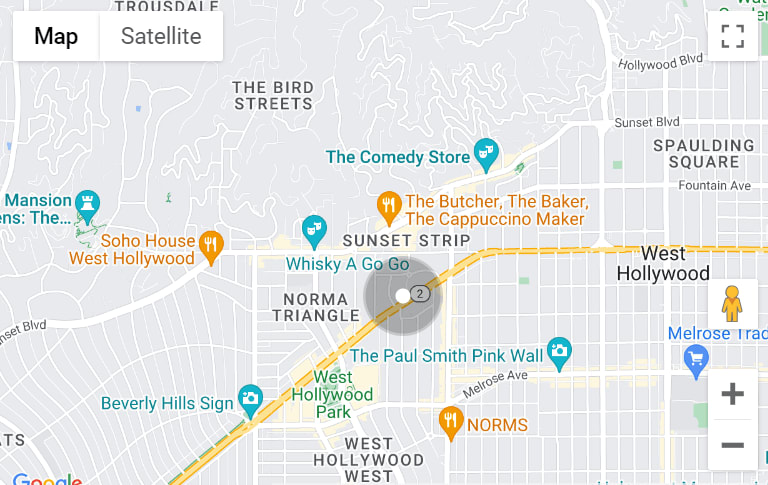
-
Compass
33522 Niguel Road Suite 200
Dana Point, CA 92629
CA DRE# 01955051 -
Susan Chase
Our thoughts and wishes go out to everyone affected by the recent wildfires, including the Fairview and Radford fires, which are currently being contained by the local fire authority. Cal Fire reports California will continue to experience longer fire seasons, so it is critical that homeowners understand fire regulations. Proper landscaping can do the trick to keep you and your home safe during fire season. The Fire Hardening and Defensible Space Disclosure, which regulates fire-safe landscaping in California, went into effect last summer and impacts how all homes in California are sold and bought.
But what exactly is defensive space?
Cal Fire defines defensible space as, “the buffer you create between a building on your property and the grass, trees, shrubs, or any wildland area that surround it.” This buffer protects your home from catching fire by slowing or even stopping the spread of wildfires. Defensible space also ensures that firefighters have enough space to work with when defending your home.
California law requires homes to be surrounded by 100 feet of defensible space, which is broken up into the following three zones:
Zone 0
While not mandatory by law, zone 0, coined the “ember resistant zone”, is one of the most important zones for protecting your home from a fire. Zone 0 extends five feet from property structures. This area is designed to protect your home by removing ignitable wildlife from areas under or around attached decks. Authorities recommend hardscapes like gravel are used for landscaping within 5 feet of your home as opposed to ignitable materials such as bark and mulch. When creating an ember resistant zone, homeowners should also limit the amount of combustible items on top decks.
Zone 1
Zone 1 extends 30 feet from buildings and is considered to be the “lean, clean, and green” zone. Requirements for this zone mandate vegetation around the home is regularly maintained and dead shrubbery is removed. Zone 1 also recommends keeping a few feet of distance between vegetation and flammable items such as patio furniture and playgrounds.
Zone 2
Zone 2 fills the gap between the 30 feet of zone 1 and the 100-foot property perimeter that lies within defensible space regulations. This is the reduced fuel zone. When following zone 2 regulations, grass must be kept to a maximum height of 4 inches. Fallen leaves, needles, and bark should also be removed.
In addition to the above guidelines, homeowners should also consider horizontal and vertical spacing when landscaping their property. Horizontal spacing is the distance between shrubs and trees that grow on the property. On flat ground, trees should be planted at least 10 feet apart. Vertical spacing refers to the distance between the ground and a tree brush. A 6-foot clearance between the ground and tree brush is approved as proper vertical spacing. This space prevents or slows a fire from moving from the ground to tree tops, keeping you and your home safe.
What the Defensible Space Disclosure Means for Real Estate
Every time a home is bought or sold in California, the seller must do one of the following: provide proof that the home meets defensible space guidelines, provide a plan to meet the guidelines, or assume responsibilities to meet guidelines by close of escrow.
Maintaining proper regulations can be expensive for areas that do not already comply with the bill. Costs of upkeep for defensible space can also affect the cost of home insurance for certain properties. Insurance can be two to three times more expensive if a property is not deemed wildfire safe. It may even be difficult to find an insurance company to work with. That is why ensuring that defensible space guidelines are followed is of the utmost importance.
The Bottom Line
Landscaping to protect your home from wildfires isn’t necessarily the same as keeping a well-maintained yard, that’s just an added bonus! Through proper planning, you can create a beautiful, fire-safe landscape. In many Orange County neighborhoods, Homeowner Associations regulate defensible space mandates in the community. Protect your home today and follow this homeowners checklist to ensure your home is as safe as possible from wildfires.